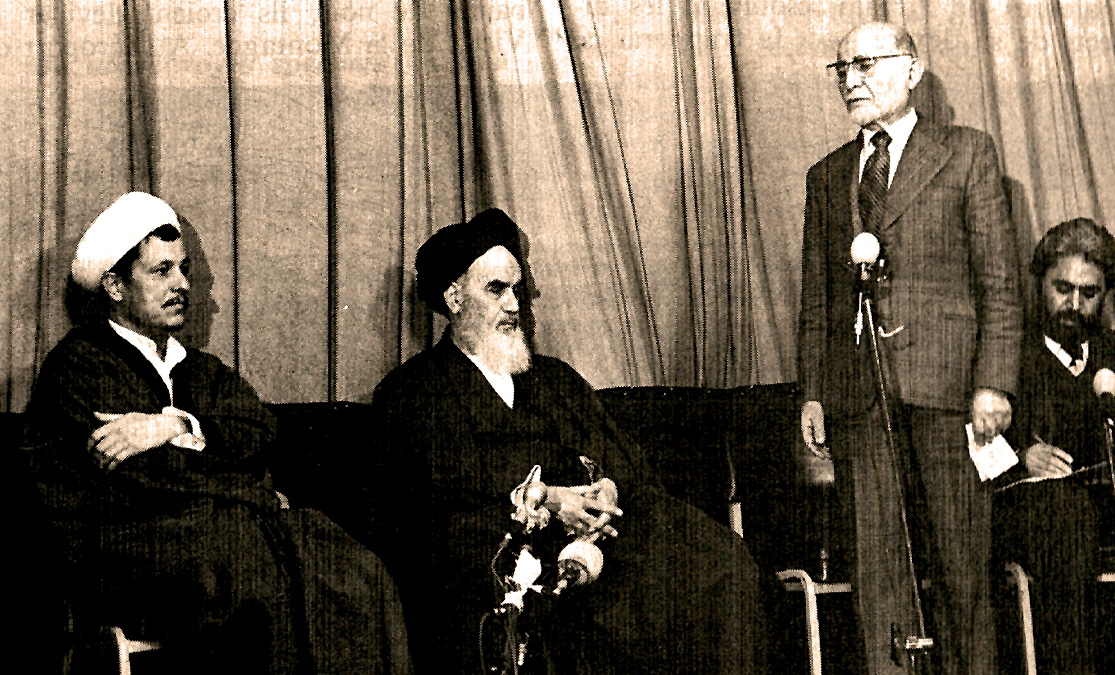
February 6, 1979 – CBS World News Roundup – Gordon Skene Sound Collection –
February 6, 1979 – A day best to have been filed “for future reference”. The situation in Iran was slowly spiraling out of control – as factions, loyal to the Ayatollah voiced their support of Khomeni’s pick to head the provisional Iranian government, Mehdi Bazargan. It was in direct contrast to the current head of the Iranian government; Shapour Bakhtiar. And although, to Western ears, the names sounded eerily the same – they represented political ideologies poles apart from each other.
And so on this day, demonstrations flooded the streets of Tehran, with those loyal to The Ayatollah shouting “Bazargan, You Are Our Prime Minister” – while jets flew back and forth overhead, representing the Bakhtiar government, in a show of strength and a reminder of who was in charge. Ayatollah Khomeni had earlier demanded Bakhtiar’s resignation. Going before Parliament, Bakhtiar called for an end to the Sabak, the Iranian Secret Police and also called for the prosecution of those government officials accused of corruption. When asked if the riff between him and The Ayatolah was in danger of getting out of hand, Bakhtiar simply replied “the situation is excellent”. If only.
Meanwhile, back home: Thousands of farmers with their vehicles descended on Washington to demand higher prices for their products. But the disruption of traffic, which they caused the day before would not be repeated on this day. The protesting farmers were still developing a schedule on this day. One which took into account the decision of city police to impound their bulky trucks and tractors. The farmers had hoped to use the tractors in a daily ritual of clogging city traffic and creating national attention. But the City Police gave them two choices; drive the tractors out of town on escorted specified routes, or leave them where they were. The demonstrators decided to leave them, claiming they would seek a better situation or simply outlast the police. The day before, the protestors were met with teargas, nightsticks and some 19 arrests. The night before, several busloads of riot police remained stationed near the impounded tractors at the base of the Capitol Steps. The issue at hand was the cost-price squeeze facing many farmers, but not all of them. On the average, the American farmer had a good year in 1978. But the $8 billion net increase in farm income in 1978 was not evenly distributed. The ones demonstrating were described as “family farmers” while corporate farms were threatening to take over American agriculture, and were the ones who raked in the majority of profits, leaving the smaller farmers little. The concern was that these corporate farms would and the concentration of power could lead to ever-increasing prices at the supermarket. The demonstrators were demanding Congress order the Agriculture Department to increase Federal Price Supports for their crops, claiming they are being forced out of business by inflation. But their success was doubtful as President Carter was committed to his anti-inflation budget.
And that’s just a small slice of what went on, this rather fractured February 6, 1979 as presented by The CBS World News Roundup.





